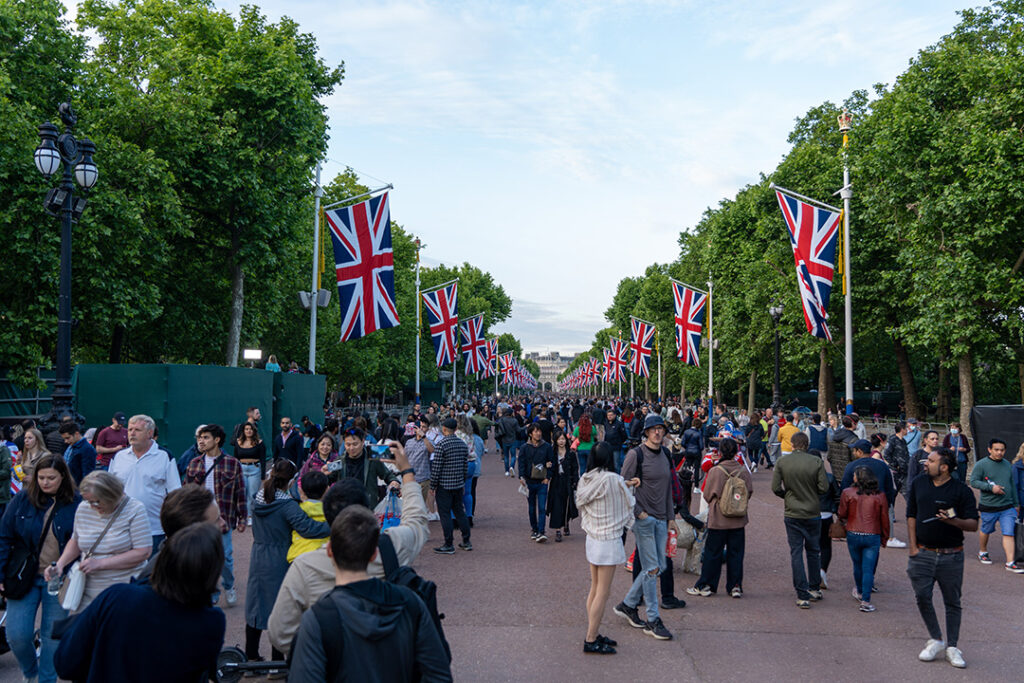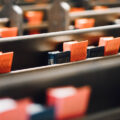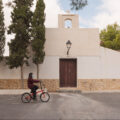Census 2021 results: Changing religious landscape in the UK
Census 2021 results: Changing religious landscape in the UK
The Census 2021 results reveal an increase in those with no religion in England and Wales. What does this mean for the nations’ future religious landscape?
Every 10 years, a census is taken in England and Wales. The census provides a picture of all the people and households in both nations,[1] helping to track the social, ethnic, and religious landscape. The religion question in the census is voluntary and 94% (56 million) of usual residents answered the question in 2021.[2] The full 2021 census results were released at the end of November 2022 and, unsurprisingly, the religious landscape of both nations has undergone considerable changes in the 10 years since the previous census. Now less than half of people (46%) in England and Wales consider themselves Christian compared to 59.3% in 2011.[3] Moreover, there were increases in the number of people who identify as Muslim (6.5% up from 4.9% in 2011) and Hindu (1.7% up from 1.5% in 2011).[4]
However, this article will focus on two changes of particular interest. Firstly, ‘no religion’ was the second most common response, increasing to 37.2% (22.2 million) in 2021 from 25.2% (14.1 million) in 2011. Secondly, the number of people in the ‘other religion’ category (a religion other than Christian, Buddhist, Hindu, Jewish, Muslim, or Sikh) has grown by more than 100,000 in 10 years.[5] This article will examine the increase in those who identify as ‘no religion’ (henceforth referred to as Nones[6]) and ‘other religions’. What factors might have led to increases in these categories? What does the growth of these groups say about the religious landscape of England and Wales?
Increase in ‘other religion’
The 2021 census offered each person the option of identifying their religion through the ‘Any other religion, write in’ response option. Among the 405,000 (0.7% of the overall population in England and Wales) who chose to write in a response, 74,000 identified as Pagan, 26,000 as Alevi, 25,000 as Jain, 13,000 as Wicca, 10,000 as Ravidassia, 8,000 Shamanism, 6,000 as Rastafarian and 4,000 as Zoroastrian.[7] Geographically, individuals who identify as ‘any other religion’ were most commonly living in North and Central Wales, South East England, South West England, and London.[8]
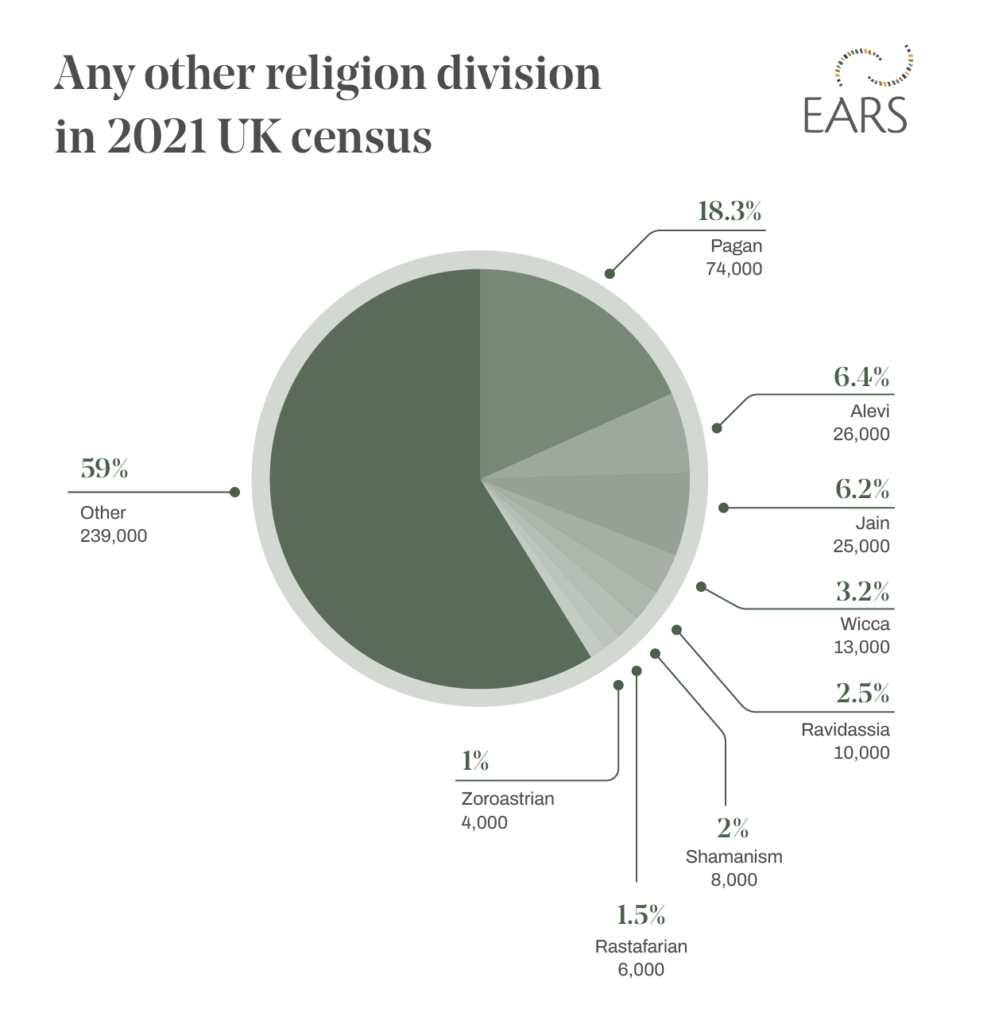
The categories listed often fall under the bracket of New Religious Movements (known as NRMs). While there is not one set definition, NRMs generally refer to “a variety of newer, alternative religious and spiritual movements that may be of new origin or a breakaway from an established religion.”[9] NRMs are often negatively labelled as sects or cults in popular discourse[10] or other faith traditions.[11]
So why has there been an increase in people in England and Wales identifying as ‘other religion’ in the past ten years? Religious studies scholar Suzanne Owen believes that the turbulent times we are living in have motivated some people to look for meaning in alternative, non-Abrahamic faiths.[12] Owen suggests that the concern for the environment has become a “key political issue” and has attracted individuals to Paganism as it emphasises an appreciation of nature. [13]
The impact of the COVID-19 pandemic has also seen some people turn towards ‘other religions’. As society was forced into successive lockdowns, increasingly, people turned away from institutional religion for their religious or spiritual needs and towards New Age and alternative spiritualities.[14] For example, Fotoula Adrimi, a Shamanic practitioner, believes that the virus was “Mother Nature’s way of rebalancing the planet” and that some suffering with COVID-19 turned to shamanism as an alternative way to receive healing.[15] Therefore, whilst the numbers are still very small, it can be said that the increase in those who identify as ‘other religions’ is down partly to the tumultuous social and political climate of the present day and individuals’ need to independently find spiritual solace.
Increase in ‘Nones’
The increase in those in England and Wales who do not identify with any religion should come as no surprise. Demographic trends have been pointing this way for the past 50 years or so.[16] However, there are often misconceptions attached to those who tick the ‘no religion’ box. Some commentators and religious groups claim that Nones are “actually religious, they just don’t know it” whilst others suggest that Nones are deeply opposed to religiosity.[17] However, the British think tank Theos explains that “Nones are a complex group … ticking non-religious does not mean you are anti-religious, or even (in some cases) that you lack ‘religious-style’ beliefs.”[18]
A recent Theos study reports that Nones can be equally divided into three categories – Spiritual Nones, Campaigning Nones, and Tolerant Nones.[19] Spiritual Nones represent 32% of the Nones population, are more likely to be women, are more agnostic in their belief about God, and are accepting of religion.[20] Campaigning Nones represent 34% of the Nones population, are more likely to be men, strongly atheists, extremely hostile to religion, and see no value in religion’s place in society.[21] Finally, Tolerant Nones represent 35% of the Nones population, are slightly younger than the other groups, are spiritually closed, and generally atheistic but more tolerant of religion than Campaigning Nones.[22]
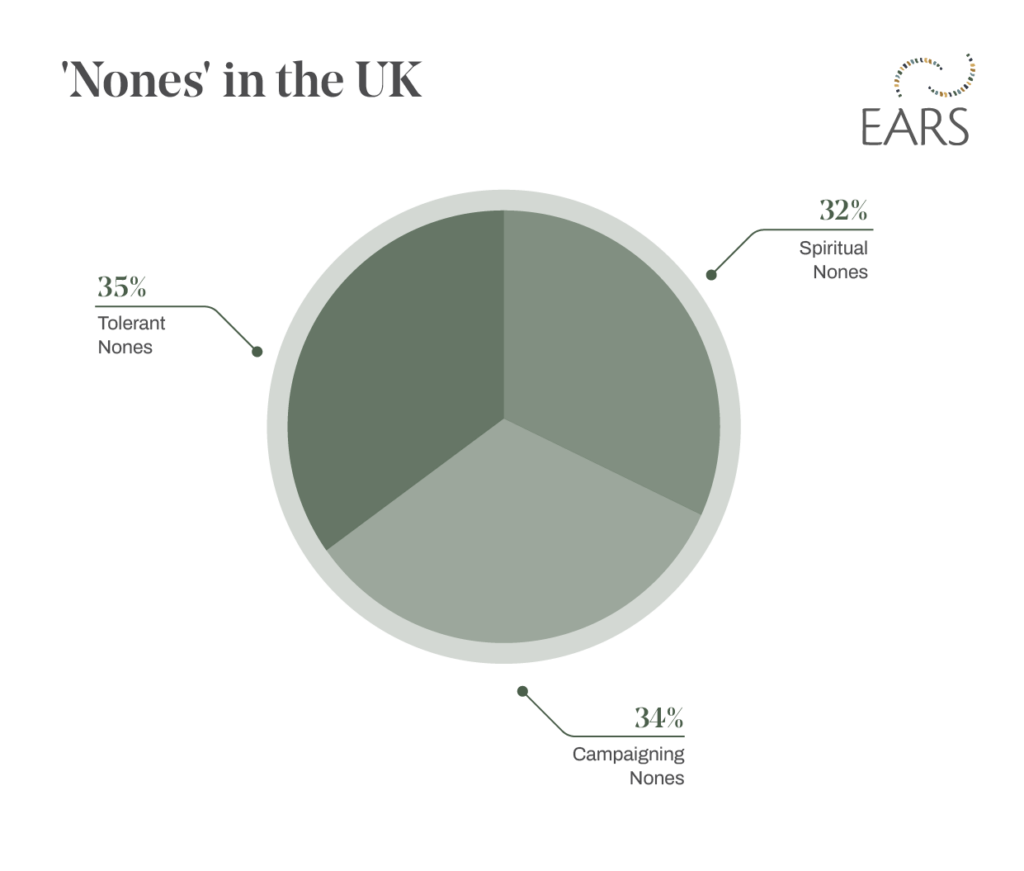
This study also revealed that only half of those who identified as Nones stated that they do not believe in God. Instead, 14% believe in a higher power and 9% believe in God more or less firmly.[23] Interestingly, Nones are more likely to believe in aspects of New Age Spirituality rather than classically religious beliefs.[24] Therefore, these statistics clearly show that the category of Nones is not straightforward and that there are many layers of identification within this group.
But beyond this, considering that individuals under 50 are more likely to be Nones,[25] it can be concluded that the number of Nones is increasing because older people with an attachment to religious institutions are gradually being replaced by unaffiliated younger people.[26] Therefore, religious decline is generational.
Finally, the fact that Nones are more likely to align with aspects of NRMs than more common religious traditions suggests something about the future of the religious landscape in England, Wales, the rest of the UK, and perhaps Europe more widely. As Dr Rhiannon McAleer, head of research at the Bible Society, explains, “the census definitely does not show that we’re living in a society that turned its back on religion … however, it does appear to show that religious identity is changing.”[27] Dr McAleer adds that the increase in ‘other religion’ and Nones may partly be attributed to individuals feeling there is more permission to admit that they do not identify as Christians.[28] Instead, people are now shedding labels and, in doing so, might be more able to freely express their dynamic relationships with religion and faith.
Want to learn more about similar topics? Go to the EARS Dashboard.
Sources
[2] Religion, England and Wales : Census 2021
[3] Ethnic group, national identity, language, and religion: Census 2021 in England and Wales – GOV.UK
[4] Religion, England and Wales : Census 2021
[5] Census 2021 in charts: Christianity now minority religion in England and Wales
[6] The Nones: Who are they and what do they believe?
[7] Religion, England and Wales : Census 2021
[8] Religion, England and Wales : Census 2021
[9] Factsheet: New Religious Movements – Religion Media Centre
[10] Factsheet: New Religious Movements – Religion Media Centre
[11] New religious movements | The Church of England
[12] Could more people be turning to Paganism in turbulent times created by world issues? – Blog Posts
[13] Could more people be turning to Paganism in turbulent times created by world issues? – Blog Posts
[14] What does the rise of digital religion during Covid-19 tell us about religion’s capacity to adapt? – Hazel O’ Brien, 2020
[15] Virtual healing: the shamanic answer to coronavirus
[17] Census 2021: And the winner is… – Theos Think Tank – Understanding faith. Enriching society.
[18] Census 2021: And the winner is… – Theos Think Tank – Understanding faith. Enriching society.
[19] The Nones: Who are they and what do they believe?
[20] The Nones: Who are they and what do they believe?
[21] The Nones: Who are they and what do they believe?
[22] The Nones: Who are they and what do they believe?
[23] The Nones: Who are they and what do they believe?
[24] The Nones: Who are they and what do they believe?
[25] The Nones: Who are they and what do they believe?
[27] 2021 Census: Christianity now a minority religion in England and Wales
[28] 2021 Census: Christianity now a minority religion in England and Wales
